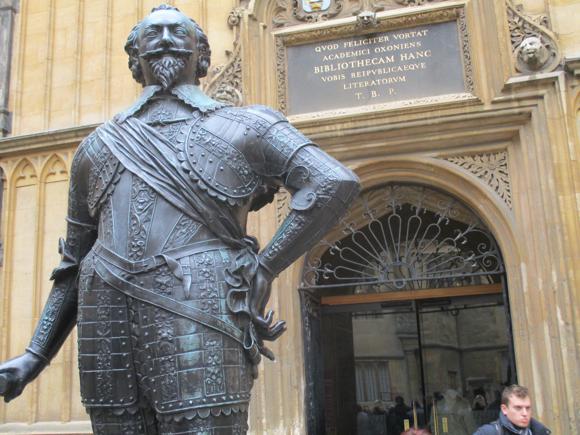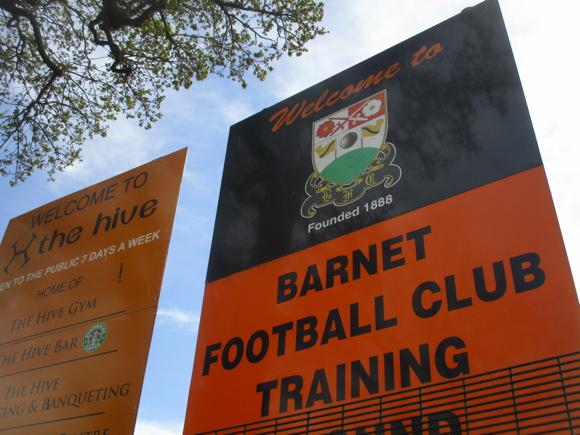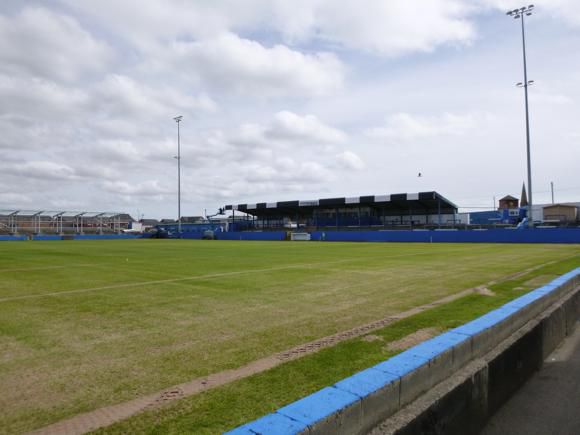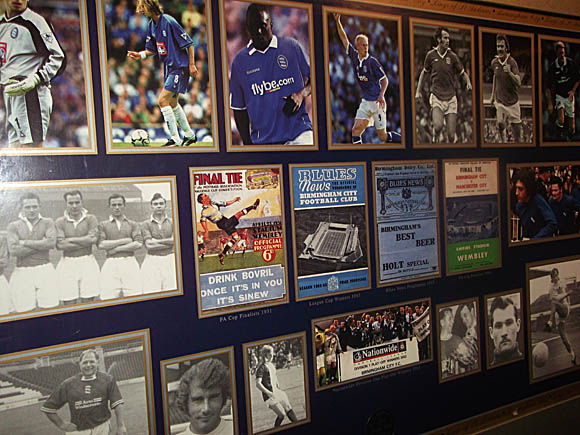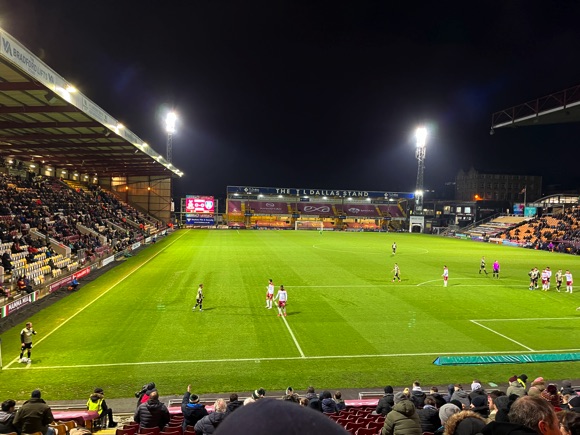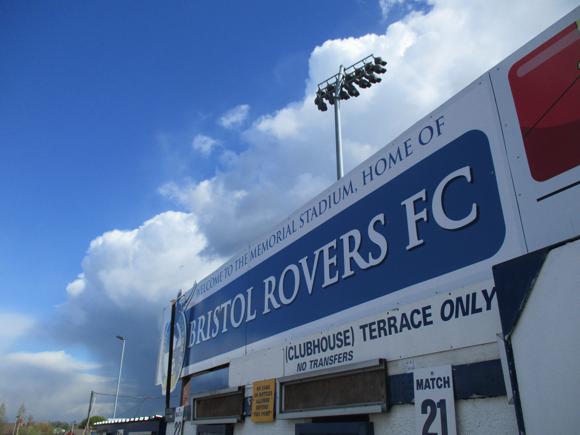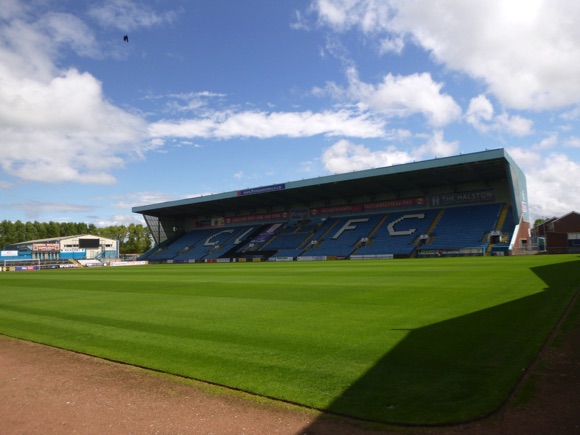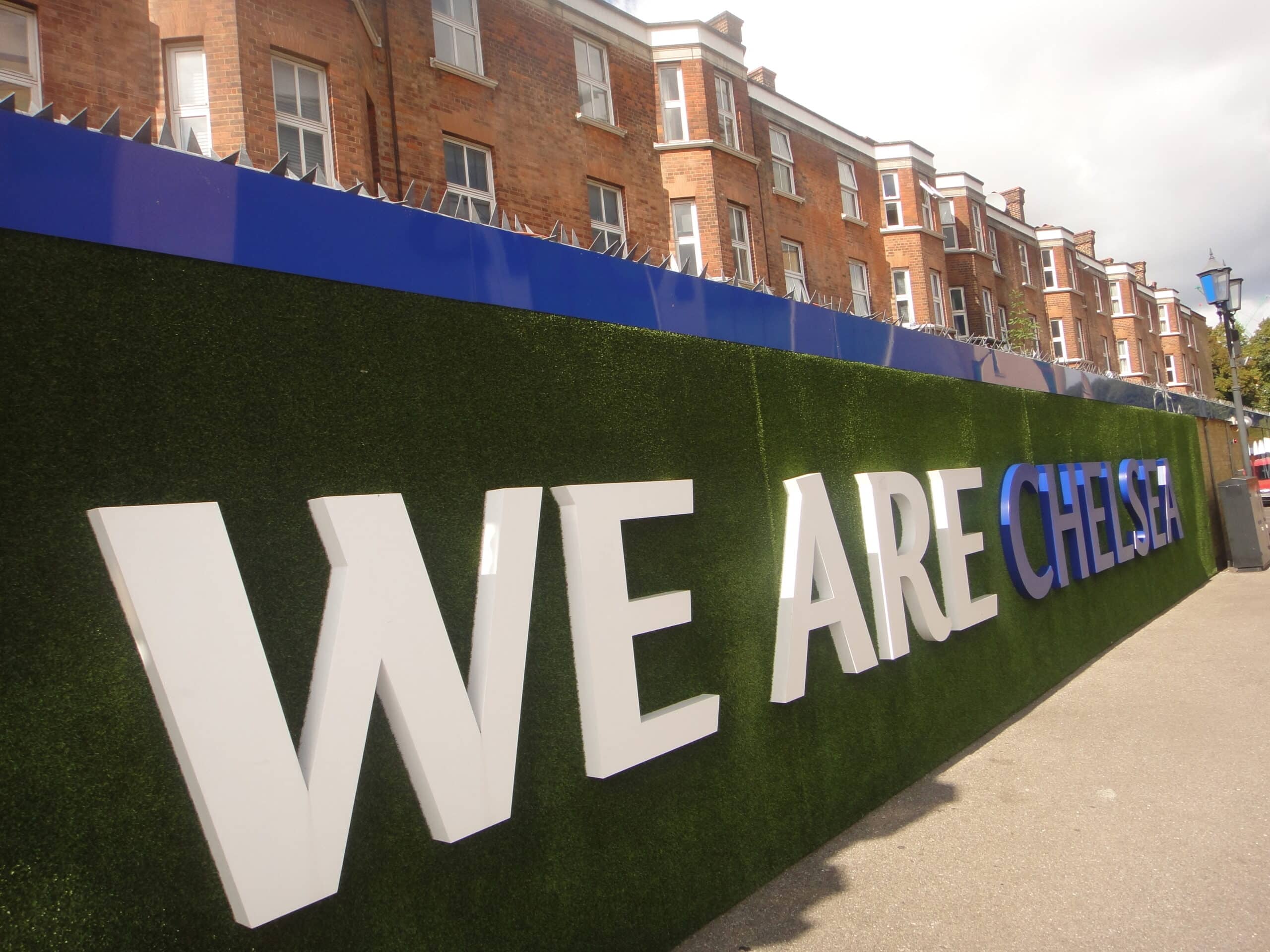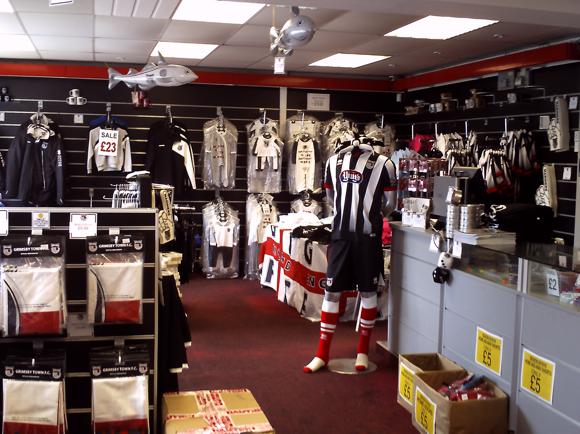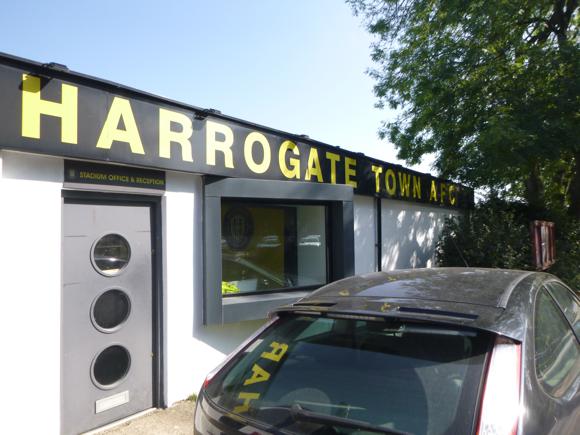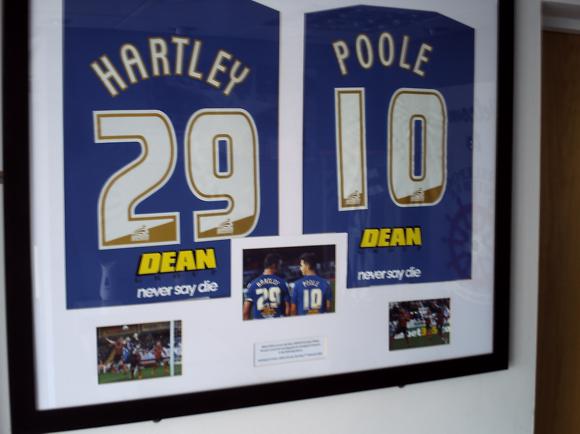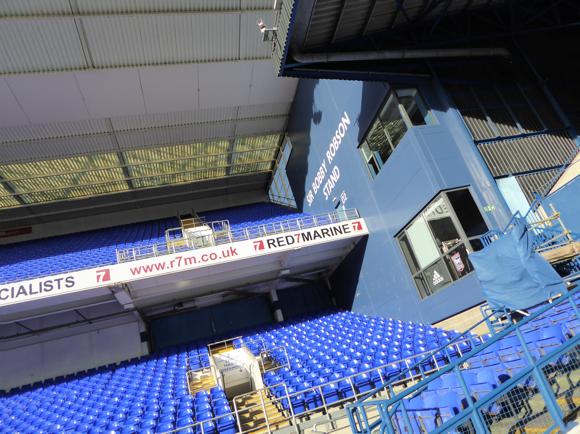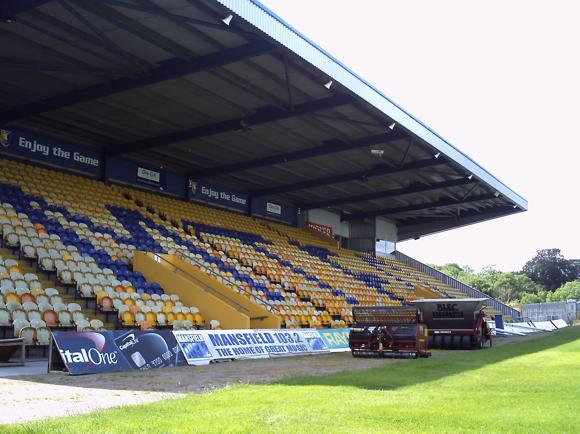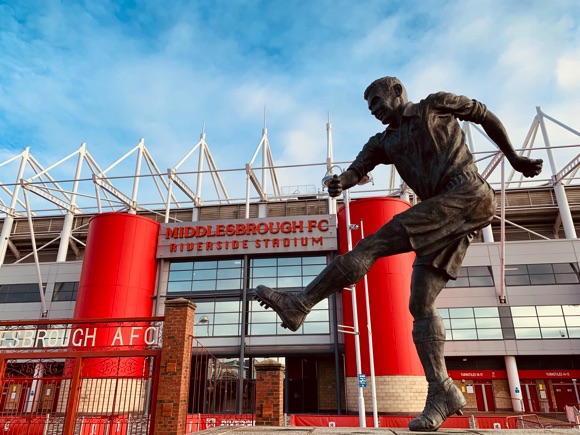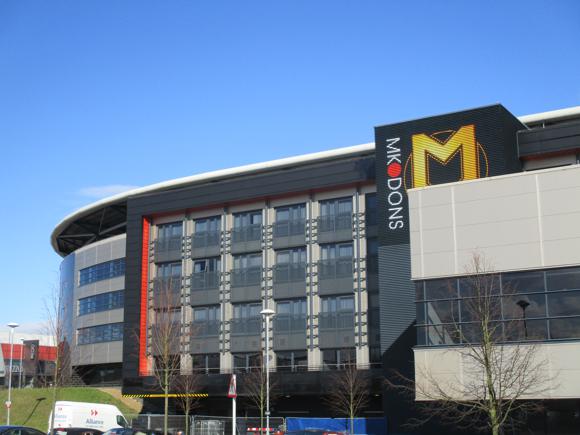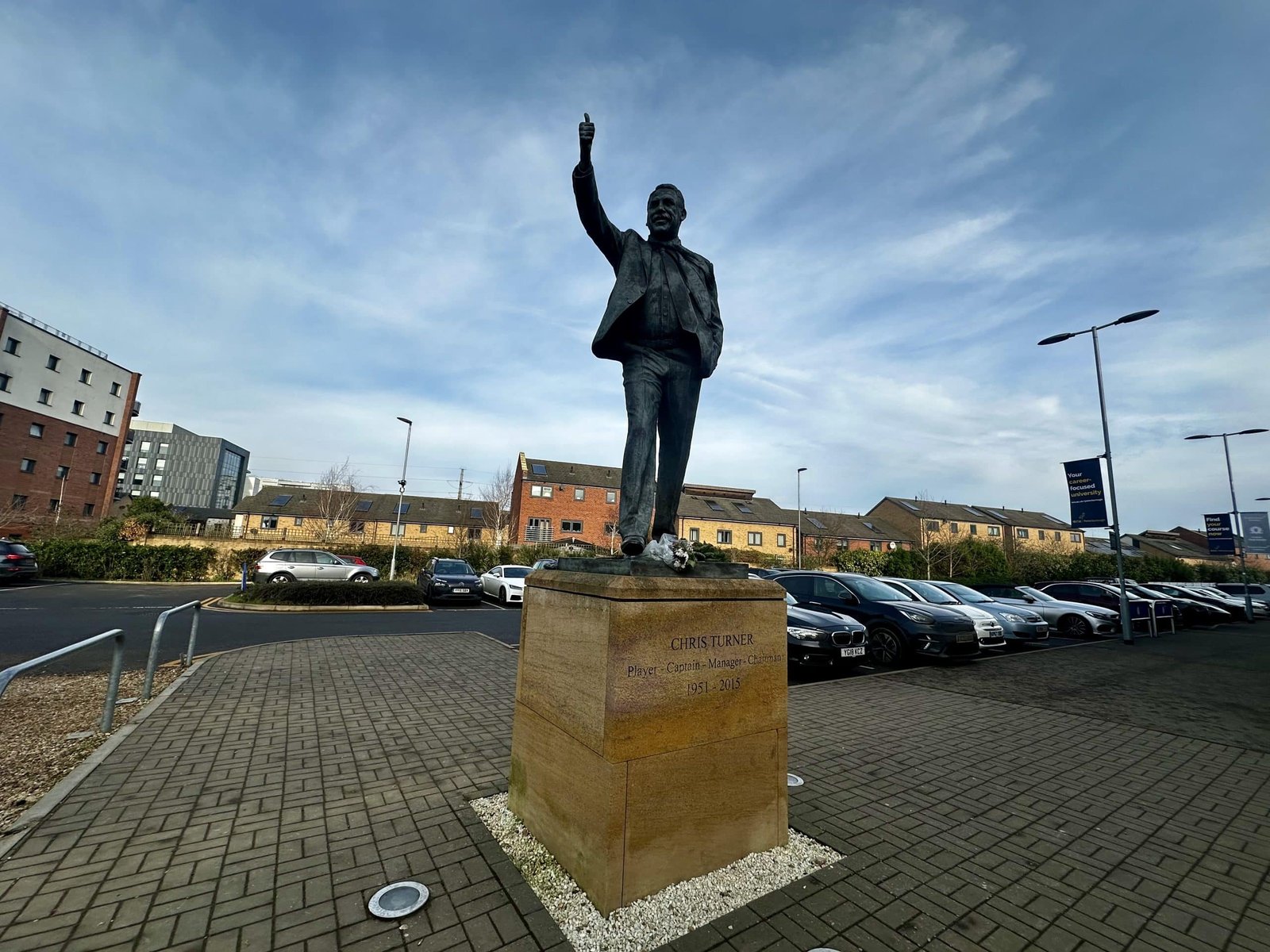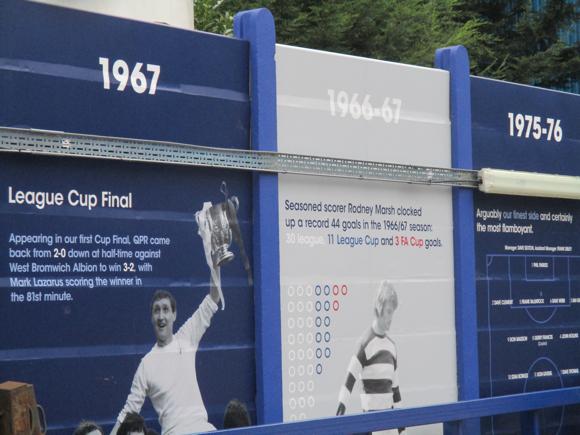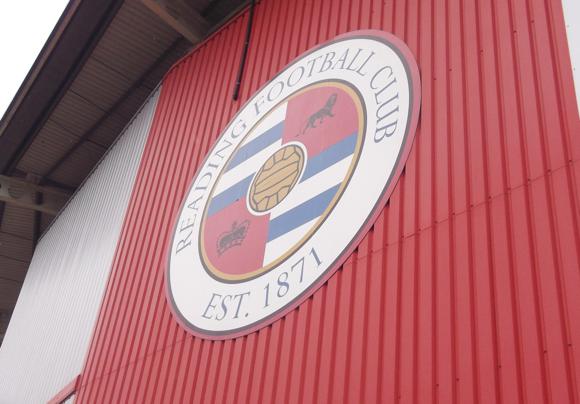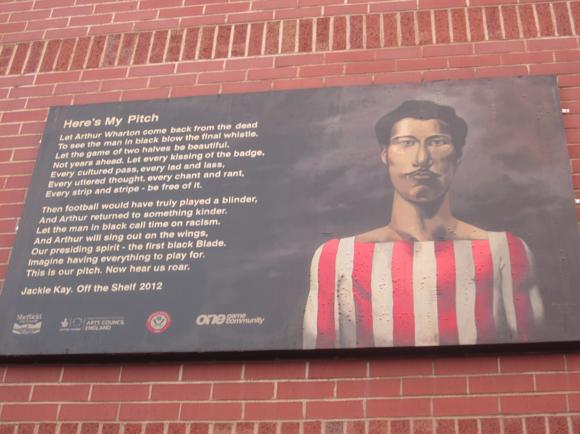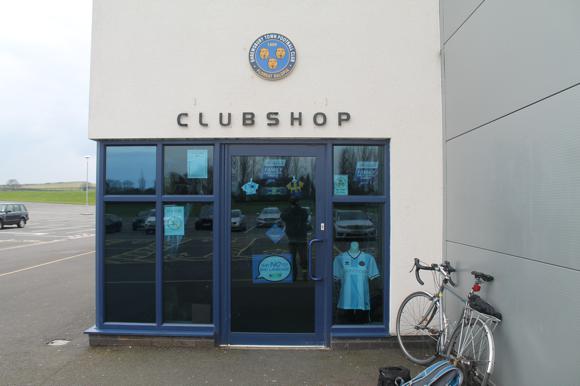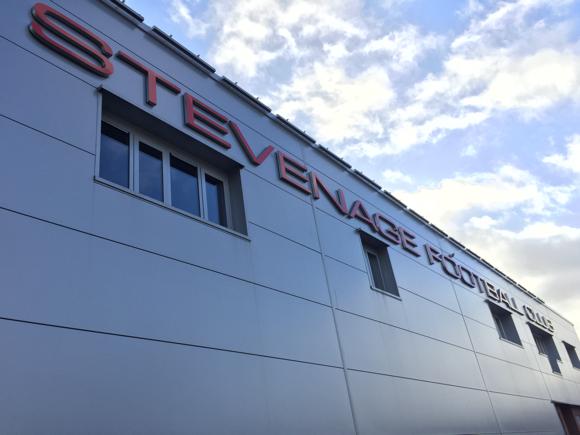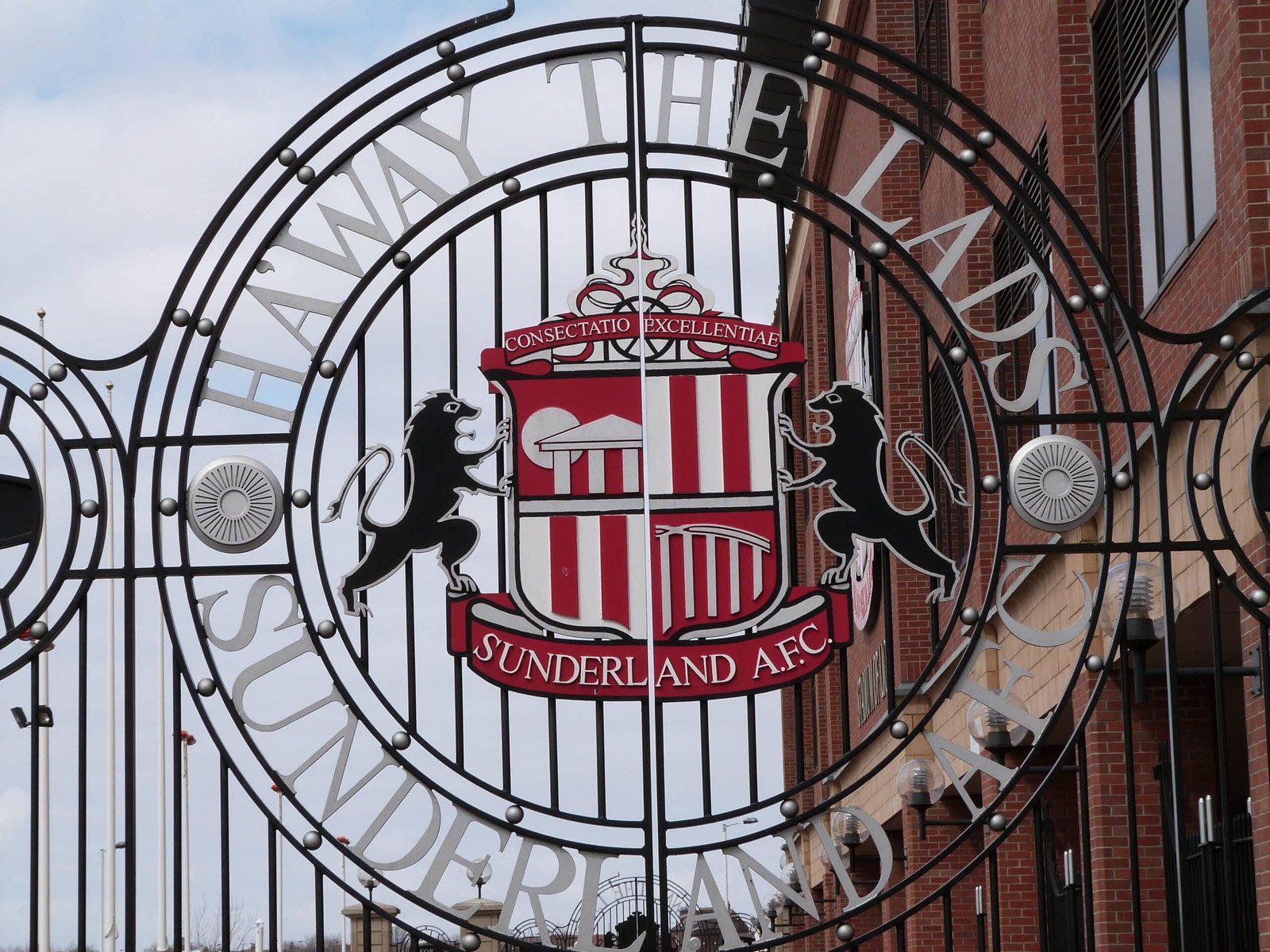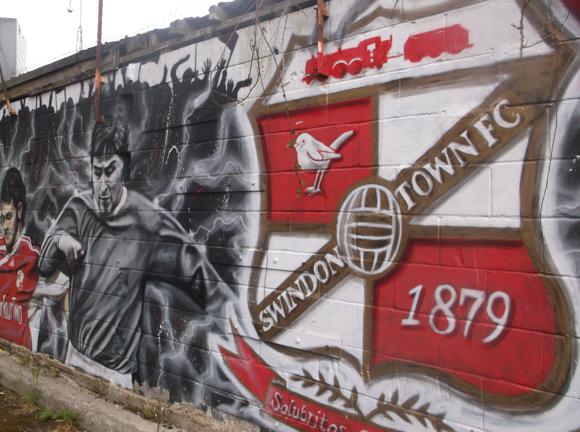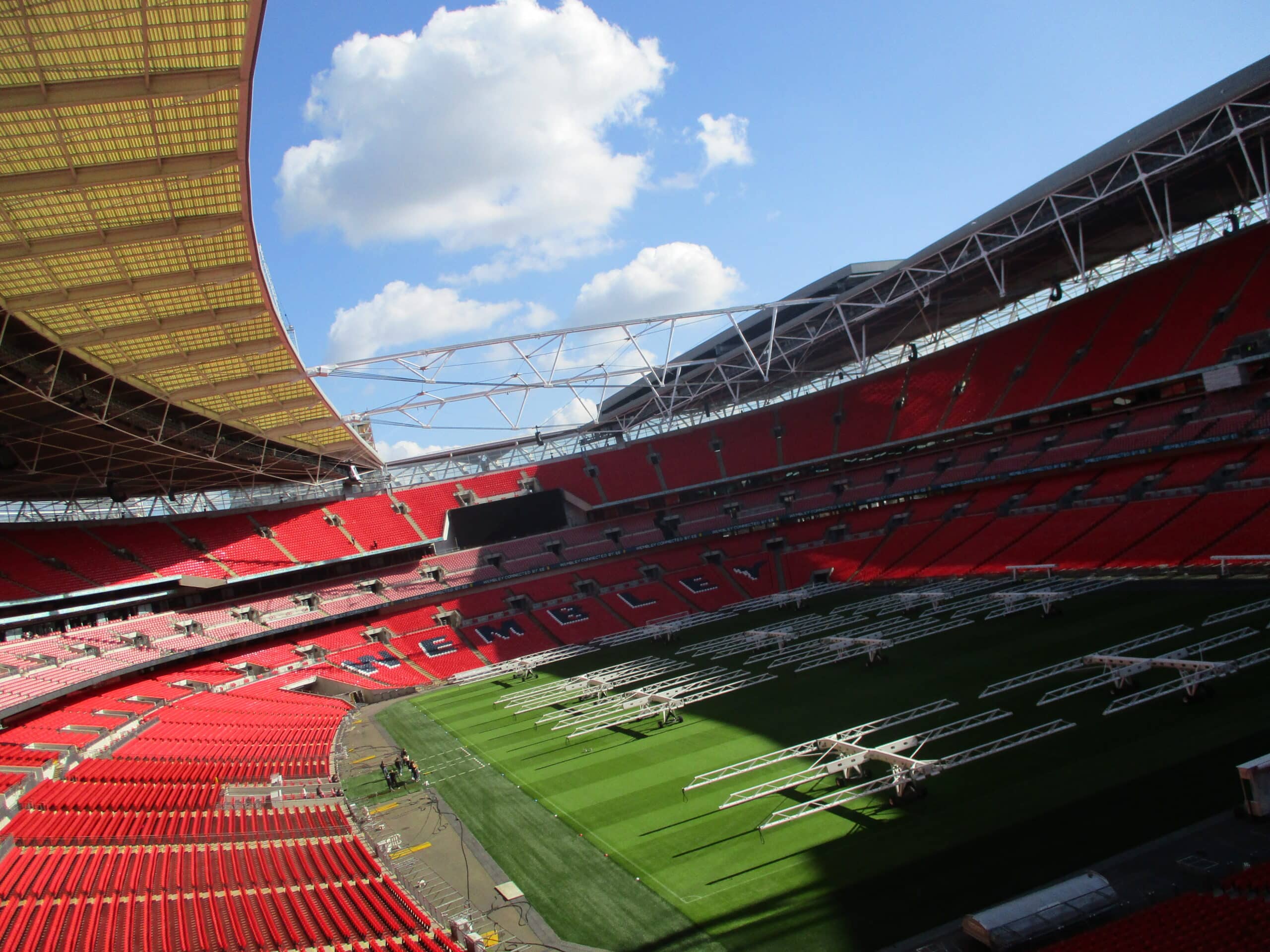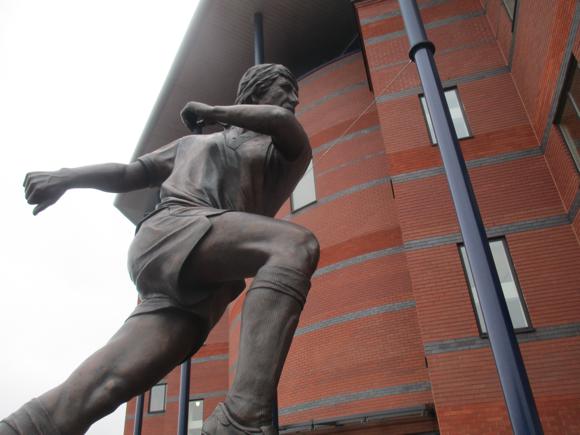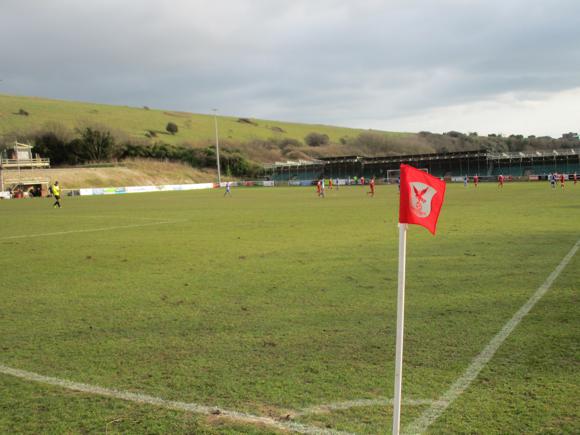A fan’s guide – the club from early doors to today
Thirty years after the seminal season of 1985-86, Oxford United regained third-tier status in a memorable campaign that also saw a return to Wembley.
With the club shop full of memorabilia relating to the League Cup win of 1986 (‘Proud History, Bright Future’), United not only achieved runners-up spot in League Two with 86 points but reached the final of the Football League Trophy, a ding-dong 3-2 defeat to Barnsley in front of a 59,000 crowd.
In 2020, the U’s returned to Wembley for a toe-to-toe decider with local rivals Wycombe with a place in the Championship at stake, but ultimately lost to a late goal for the Choirboys. Though Oxford went down to Blackpool in the play-off semi-finals the following year, they finally reached the second tier for the first time in 25 years with a 2-0 play-off final victory over Bolton Wanderers in 2024. Today managed by Gary Rowett, the U’s have been holding their own in the Championship.

In the 15 years between Oxford playing in the former top-flight First Division and dropping out of the third tier in 2001, the club nearly went under, sunk by spiralling debts and spending four seasons out of the Football League.
Oxford United first claimed Football League status in 1962, replacing cash-strapped Accrington Stanley. Ironically, it was Accrington who jumped into the spot left by relegated Oxford in 2006.
Pre-1962, Oxford had been Headington United, previously simply Headington, a community club based at the village of the same name east of town. Formed in 1893, Headington had mainly stayed in the local leagues, overshadowed by the Amateur Cup wins of Oxford City and post-war Oxbridge team Pegasus.
Based at the Manor Ground, Headington were renamed Oxford in 1960 and won the Southern League two seasons running. Under captain Ron (‘The Tank’) Atkinson, with Tony Jones scoring the goals and John Shuker a stalwart in defence, Oxford beat Blackburn 3-1 in the Fifth Round of the FA Cup in February 1964. A record crowd of 22,750 then crammed into the Manor Ground for the visit of eventual finalists Preston North End.

Promoted to the Third Division in 1965, Oxford leapfrogged over local rivals Reading and Swindon to win the league in 1968. Getting the best out of Scottish international Hugh Curran in his later years, United stayed in the second tier until 1976.
Struggling with poor form on the pitch and with debts off it, United welcomed the arrival of media mogul Robert Maxwell in 1982. That same year, the manager Jim Smith arrived from Birmingham. Buoyed by the ‘Bouncing Czech’ and steered by the ‘Bald Eagle’, Oxford began to climb the Third Division.
It was then that Maxwell hit upon the hare-brained scheme to merge Oxford with Reading, to form the so-called Thames Valley Royals based in… Didcot. With each set of supporters communally rebuffing the best-laid plans laid down by a man born in Slatinské Doly, Smith got on with the job.
Thanks to a forward partnership of 1982 World Cup hero Billy Hamilton and later World Cup goalscorer John Aldridge, capped by Northern Ireland and Ireland respectively, Smith’s Oxford gained back-to-back promotions to claim a first-ever top-flight spot in 1985.
Maxwell’s reward for his high-achieving manager was the same modest contract terms – prompting Smith to join QPR.

Under the gentlemanly stewardship of former Reading stalwart Maurice Evans, Oxford made their top-tier debut, winning through to the final of the League Cup to face… Jim Smith’s QPR. A bargain-basement signing by Evans, midfielder Ray Houghton was the key to Oxford’s 3-0 victory.
In the league, goals from Aldridge helped the U’s beat Manchester United in Alex Ferguson’s first match in charge, and Arsenal in the last, relegation-saving game of the campaign.
Despite goals from Dean Saunders, Oxford failed to stay up in 1987-88. Saunders was then sold to Robert Maxwell’s new club Derby – by his son, new United chairman Kevin Maxwell.
Despite valiant efforts by Brian Horton, and a returning Maurice Evans, Oxford failed to revive, their financial affairs entangled in the mess left behind by Robert Maxwell’s mystery drowning off the Canary Islands.

With Blackbird Leys chosen as the site for a new stadium to replace the crumbling Manor Ground, the club needed to clear its huge debts. In stepped slum landlord, Tanzanian-born Firoz Kassam, who sold the Manor Ground, built the new stadium, named it after himself, and added an adjoining leisure complex. Funds for new players, however, were in short supply.
The move to the Kassam Stadium in 2001 coincided with a drop to Division Three. In 2006, the unpopular Kassam sold the club – but not the stadium – to life-long Oxford fan Nick Merry. Bringing back the totemic Jim Smith, Merry failed to prevent Oxford slipping out of the Football League.
Smith immediately took United to the Conference play-offs, only for his side to lose on penalties to Exeter. Smith’s replacement, Chris Wilder, eventually took the club back up in 2010, the 3-1 play-off win over York witnessed by 30,000-plus Oxford fans among a crowd of 42,700 at Wembley.
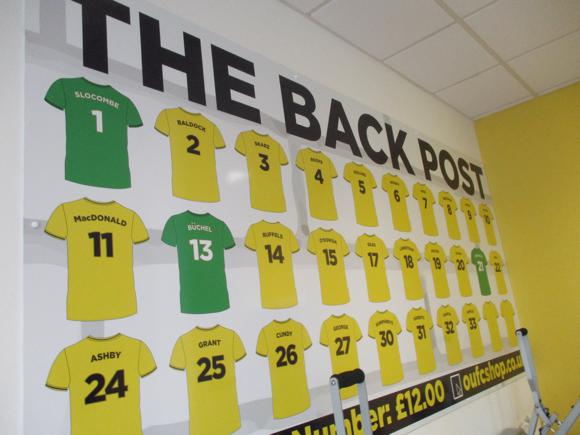
Under Wilder, then Gary Waddock, the U’s came close to a League Two play-off place, but not close enough. Former Manchester United youth player Michael Appleton needed two seasons to finish the job. Goals from Kemar Roofe, signed from Appleton’s former club WBA, proved decisive in Oxford’s high-scoring promotion campaign of 2015-16.
With Roofe sold to Leeds for £3 million, it was down to Scottish international striker Chris Maguire to keep Oxford on an even keel in League One in 2016-17. With backing from new Thai owner Sunrith ‘Tiger’ Thanakarnjanasuth, former Oxford youth striker Matty Taylor was attracted back into the fold and his goals drove the U’s to a play-off spot in 2019-20. A defeat in the final to Wycombe, however, was followed up by a semi-final 6-3 aggregate loss to Blackpool. The dream was finally realised at the end of the 2023-24 season, when two goals from Josh Murphy saw the U’s overcome Bolton Wanderers at Wembley Stadium.








Ground Guide
The field of dreams – and the stands around it


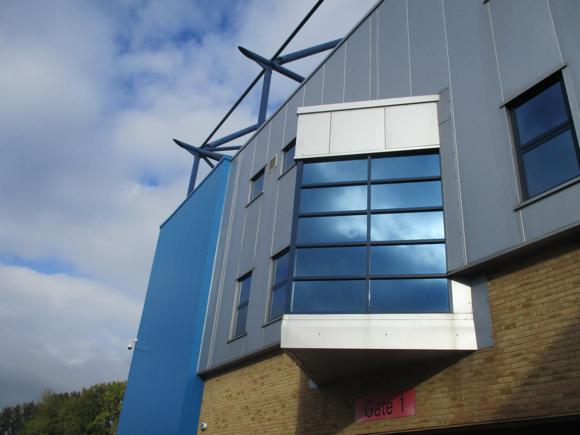


Named after the man who built and still owns it, the Kassam Stadium still feels like a bodge-it-and-run job. It comprises three unconnected sides, the West End goal left open for balls to bounce off the cars parked in rows behind it. Beyond is Firoz Kassam’s leisure complex, £50 million of cinema and leisure outlets beside a £15 million football stadium.
Without input from the former owner and chairman, however, Oxford might still be playing at the dilapidated Manor Ground and watching the interest pile up on their unpaid bills to constructors. Work here at Blackbird Leys started in 1996, five years before Kassam’s millions allowed the new stadium to be completed and the club’s old home sold.
The final outcome passed muster for Oxford’s long seasons in the fourth tier and National Conference. With United now in League One, it may just be time for the club to look at filling the large gap behind the west goal and giving the overall look some kind of coherence.
Capacity is 12,500, all-seated. Away fans are allocated the nearest sectors (28-29, through gate 7) of the North Stand to the open West End. Home fans fill the Oxford Mail Stand. The two-tier South Stand contains executive boxes, the club offices and ticket windows – the club shop is set beside a gym in the Ozone leisure complex across the car park.
getting there
Going to the ground – tips and timings
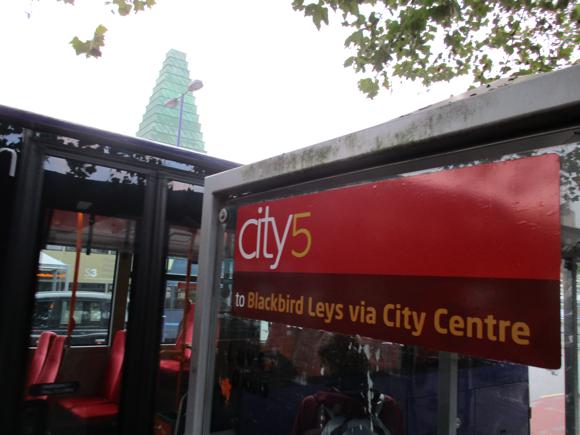
The Kassam Stadium in a residential area known as Blackbird Leys, past Oxford’s southern outskirts, and way too far to walk from the station or town. The most direct link is Stagecoach/Oxford Bus 3A (every 30mins), which sets off from stop R1 at Oxford train station, calls at Westgate stop E1 in town, then stops right by the Kassam Stadium, journey time 35mins. Services only run until 8pm.
The most frequent service, every 5-10mins, is Stagecoach/Oxford Bus 5 that sets off from stop R2 outside Oxford train station, calls at St Aldates in town then heads to the junction of Pegasus Road/Knights Road, the stop called Spindleberry Close. Journey time is 30mins from the station, 20mins from town, but add 10mins for busy match-day traffic. Once at Spindleberry Close, turn left down Knights Road, then the stadium is signposted past a BMX track down a footpath, allow 5-7mins.
Also from St Aldates (stop G4) in town, Stagecoach bus 12 (every 20-30mins Mon-Sat, every hr Sun) runs to Great Leys, Grenoble Road, near the Holiday Inn, and closer to the stadium.
The sat nav code for the Kassam Stadium is OX4 4XP. There are 2,000-plus free parking spaces available, around the ground and the cinema/leisure complex opposite. The post-match wait can be a long. If full, don’t use the grass verges around the ground as you’re likely to receive a ticket. Near the Oxford Science Park, the Royal British Legion (OX4 4LZ) at Lakefield Road, Littlemore, also offers match-day parking. It’s a 7-8min walk to the ground, via Minchery Road/Priory Road.
getting in
Buying tickets – when, where, how and how much

The ticket office (Mon-Fri 10am-5pm, match days 10am-kick-off) is behind the South Stand. Telephone (01865 337 533) and online sales are also available. For all enquiries, contact ticketoffice@oufc.co.uk.
Admission starts at £20 in the East Stand home end and rises to £26 in the upper tier of the South Stand. Away fans pay £24 for a seat in the North Stand, over-65s charged £17, under-21s £16 and under-18s £14. If accompanied by an adult, under-13s are charged £10, under-7s £6. Discounts are similar in the East and South Stands.
what to buy
Shirts, kits, merchandise and gifts
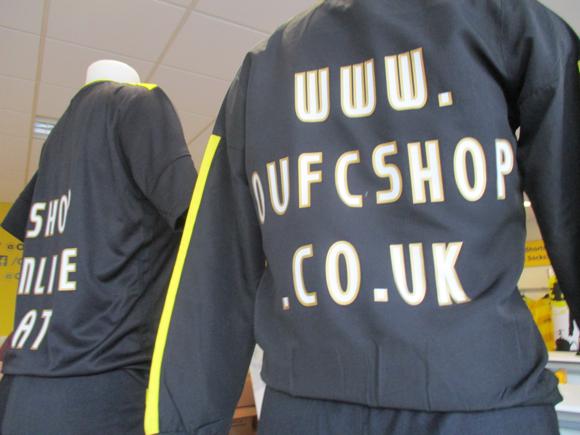




The well stocked club shop (Mon-Fri 10am-5pm, match-eve Tue 10am-kick-off, match-day Sat 11am-kick off & after final whistle) is separate from the stadium, round the corner from Frankie & Benny’s, by a gym in the Ozone leisure centre.
Along with the familiar home kit of yellow with blue trim, away tops are stocked, dark grey with black sleeves and yellow trim, plus the third choice of light-and-dark-blue Aladdin Sanesque lightning bolts on white, hopefully never to see action during 2021-22.
Other souvenirs include retro tops from 1986 and 1993, coffee mugs featuring caricatures of past stars – ’86 hero Malcolm Shotton looks like a hero from the Victorian era – and sticker sets for kids. Sadly, the T-shirts bearing the somewhat graphic image of a bull mauling a robin with the caption, ‘6 in a Row’ have been withdrawn, although derby sentiments remain the same.
Where to Drink
Pre-match beers for fans and casual visitors
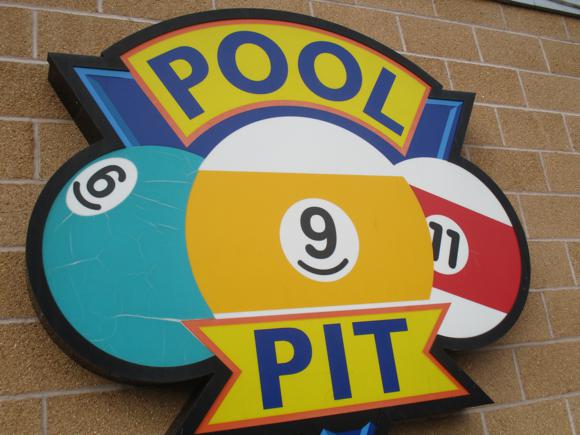

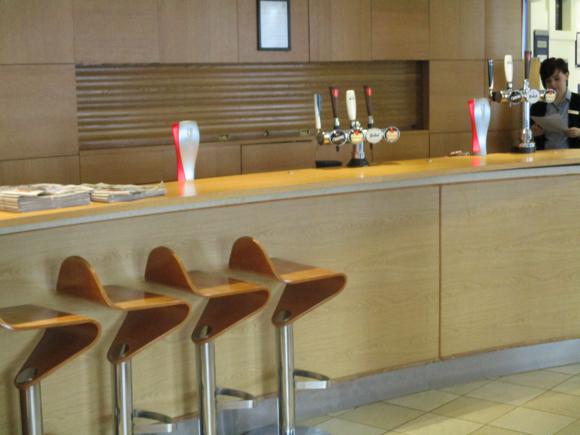

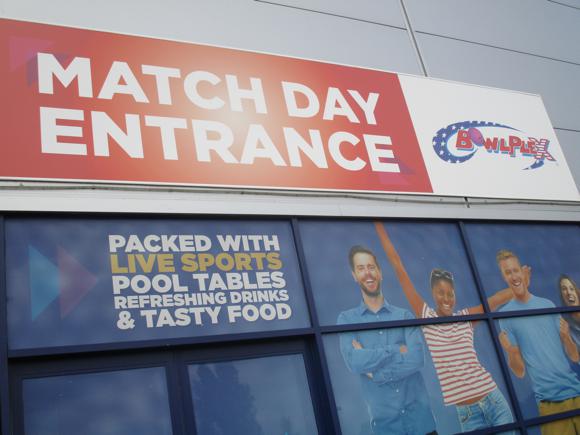
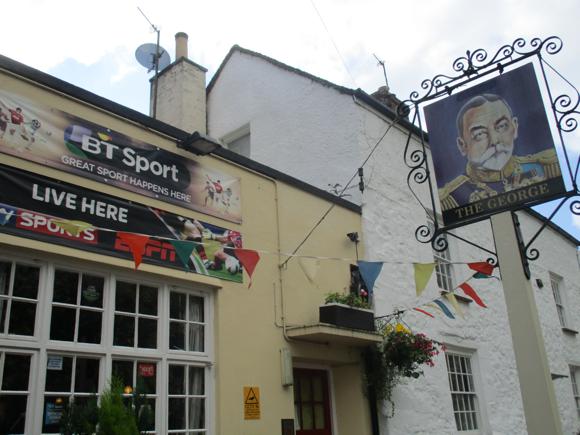

The only bars close to the stadium are at the Holiday Inn – usually open to home fans/neutrals only – and at the bowling alley in the Ozone leisure centre, where you’ll also find a branch of Frankie & Benny’s and other chain restaurants.
The nearest pub, The Priory & ?, once popular on match days, has been closed since work started on the Hampton by Hilton hotel. Its future remains as uncertain as its name.
Therefore, the best option is the traditional George Inn on Sandford Road, a 7-10min walk from the ground, behind the Science Centre. Sensible away fans should be served and there’s plenty of sport on TV, too. There’s a quicker way to reach it behind the Priory & ? though it’s easy to get lost – from the nearby church, follow St Nicholas Road then turn left at Priory Road. Veering right, you should find the stream behind the Ozone leisure park, with the stadium the other side.

